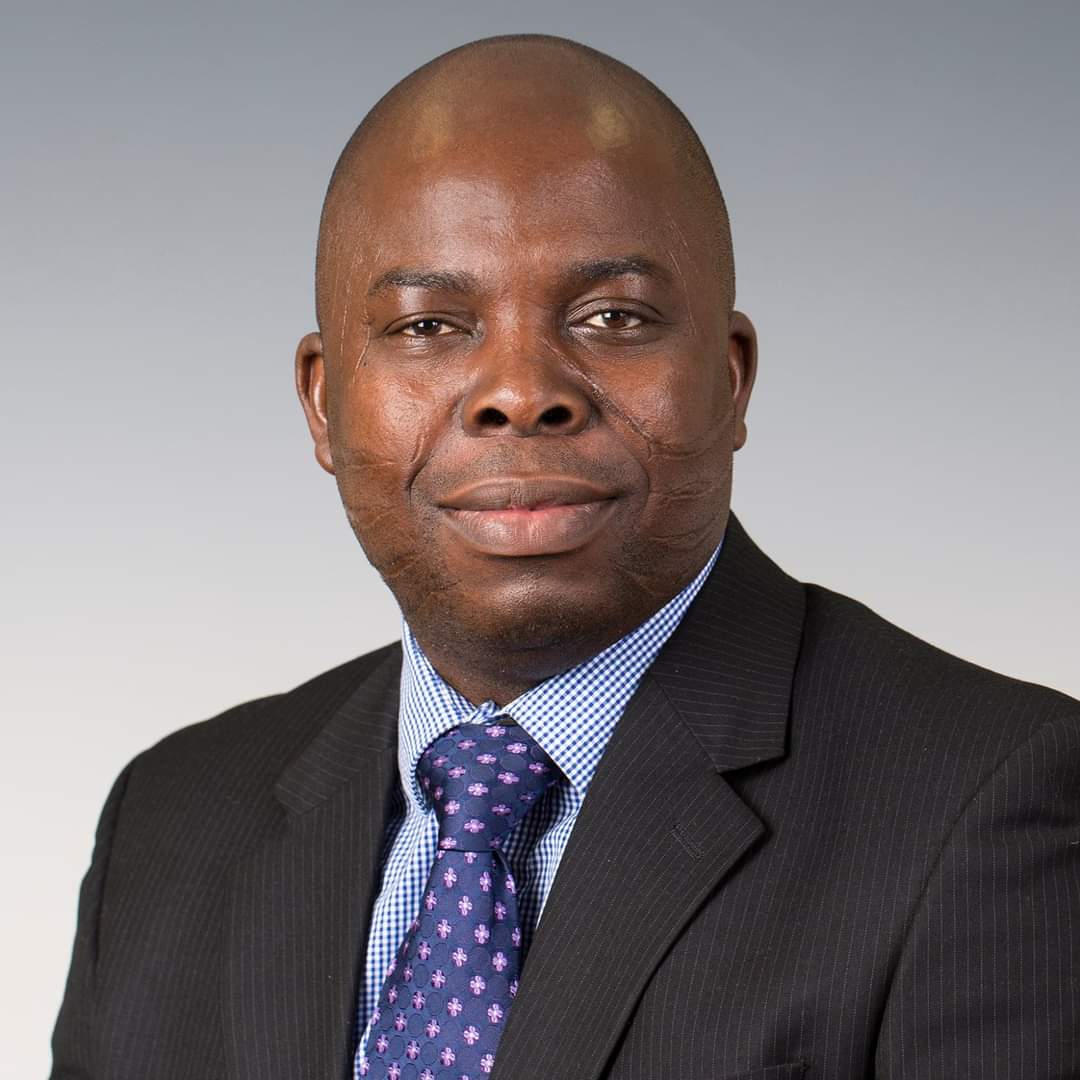Renowned heavyweight boxing champion Mike Tyson is credited with saying, “Everyone has a plan until they get punched in the face.” What if that punch came from Mother Nature herself?
Earlier this week, residents of Maiduguri, the Borno State capital, scrambled for dry land as the city centre was submerged by fast-moving brownish water.
Footages from Maiduguri showed the palace of the Shehu of Borno, Umar Ibn Garbai El-Kanemi, the state secretariat, the post office, and the University of Maiduguri Teaching Hospital all partly underwater.
As the living ran for safety, even the dead were not spared as the cemetery near Amb. Baba Jidda’s house in the Old GRA was submerged.
Meanwhile, the wild animals in the Shehu Sanda Kyarimi Park, a popular zoo in Maiduguri, were also displaced.
By Wednesday, September 11, over 414,000 people had been affected, according to the United Nations Resident and Humanitarian Coordinator in Nigeria, Mohamed Malick Fall.
The National Emergency Management Agency reported the death toll as over 100.
From faraway London, President Bola Tinubu received news of the devastation in Borno State.
As expected in a long-distance relationship with Nigerians, he issued a statement expressing deep concern and urging the relevant government agencies to expedite rescue efforts.
“While relevant authorities are still assessing the damage wrought by the flood, the President calls for the immediate evacuation of people from affected areas,” read a statement signed by his Special Adviser on Information and Strategy, Mr Bayo Onanuga, on Tuesday.
Two days later, the First Lady, Oluremi Tinubu also offered her prayers. “My heart and prayers are with you during this challenging time. The tragic loss of lives, homes, and livelihoods is an immense burden that no community should have to bear.
I pray that Borno State rises above this tragedy and emerges stronger and more resilient,” she said in a personal statement.
Meanwhile, Vice President Kashim Shettima, a former Borno State Governor, stepped into the floodwaters to experience it firsthand.
Footage from Maiduguri showed the VP knee-deep in floodwaters as he walked to the Shehu’s palace.
His visit contrasted with that of a former Minister of Humanitarian Affairs who “inspected” flood-affected communities in Kebbi State from the comfort of a jet in 2020.
Condolences and support poured in from every quarter, even as a thousand media aides to government officials suddenly found renewed relevance.
Some state governors also waxed philanthropic, donating millions of naira to rescue, relief, and resettlement efforts.
Commendably, the Nigerian military, NEMA, and other agencies were rescuing those affected.
It all felt like déjà vu, though. In October 2022, I recall reading a State House press release where former President Muhammadu Buhari directed the Minister of Water Resources to lead and coordinate with the Ministries of Environment and Transportation, as well as state governments, to develop a Comprehensive Plan of Action for Preventing Flood Disaster in Nigeria within 90 days.
Jigawa, Kogi, and Bayelsa states were the worst hit that year.
A year later, in October 2023, the Tinubu Presidency released a similar-sounding statement titled, ‘President Tinubu Directs Immediate Action Plan To Tackle Flooding.’
It read, “Moved by the need to stem the tide of an impending flood crisis across the country, President Bola Tinubu has directed an immediate plan of action to mitigate the impact of any disaster.
“To this effect, he has appointed Kogi State Governor Yahaya Bello as chairman of the committee to produce a roadmap by harmonising the recent National Economic Council report on the flood, the 2022 National Flood Emergency Preparedness and Response Plan, as well as all other national reports on the flood.”
For the benefit of the doubt, let’s assume the government planned sufficiently to mitigate flooding this time; it’s safe to say such plans were no match for Mother Nature’s sucker punch.
Perhaps there were no mitigation plans at all. The question remains: is it possible to outmanoeuvre nature? Can political will save the day?
A small coastal village in Japan offers some lessons.
Fudai and its visionary mayor, Kotaku Wamura, faced a much bigger challenge: tsunamis.
As a boy, Wamura grew up by the sea where the water provided fish, trade, and a calm retreat for those who relished solitude.
But in 1933, an earthquake off the Sanriku coast triggered a monstrous tsunami that flattened homes and killed hundreds.
Fudai, like many coastal villages, was left to pick up the pieces.
“When I saw bodies being dug up from the piles of earth, I did not know what to say. I had no words,” Wamura wrote of the 1933 tsunami in his book about Fudai, ‘A 40-Year Fight Against Poverty.’
For him, the sea could be as cruel as it was kind. While others moved on and rebuilt, young Wamura could not shake off the feeling that one day, the waves would return.
He also remembered family stories about a bigger tsunami from 1896, which towered about 15 meters high.
Fast forward to the 1970s, Wamura was the mayor of Fudai. As Japan rebuilt from the scars of war, towns along the northeast coast began erecting seawalls with floodgates to withstand waves of about nine meters high—the height of the 1933 tsunami.


